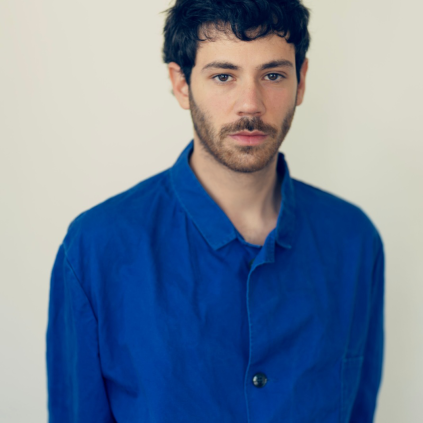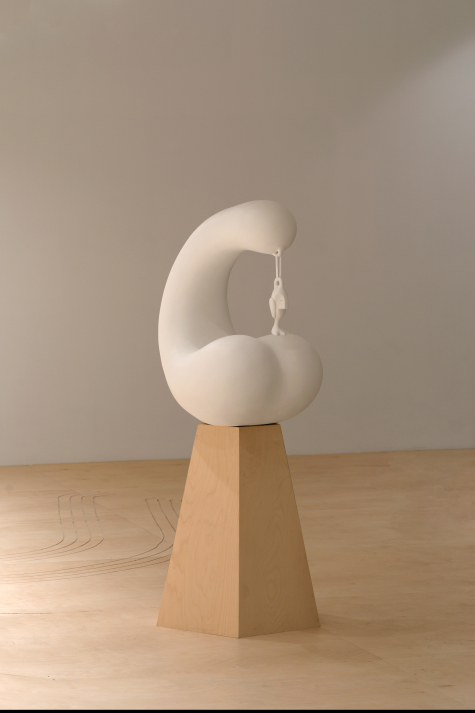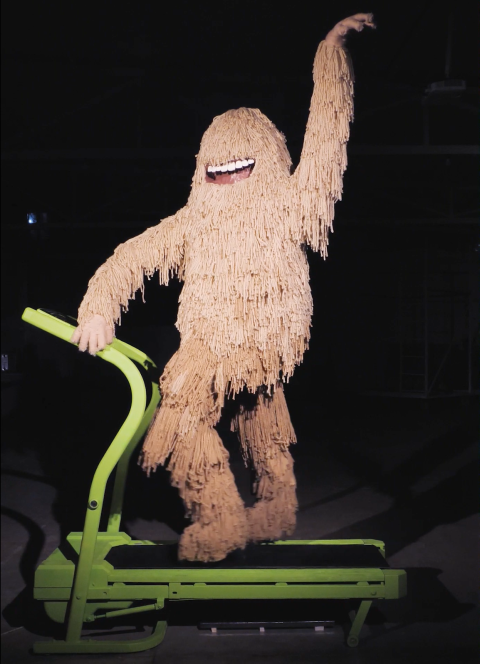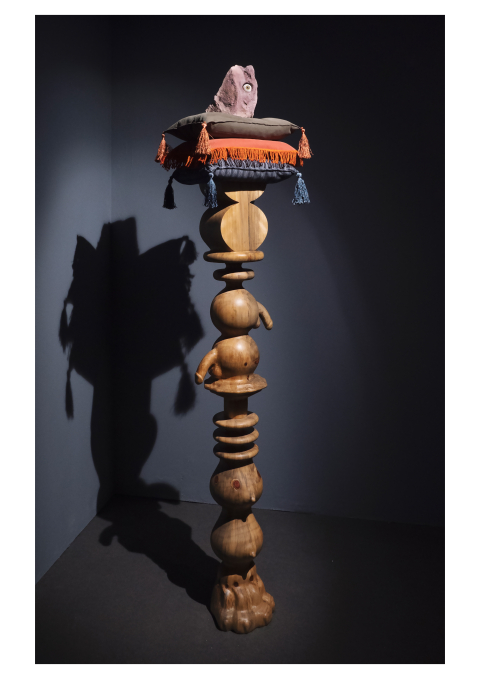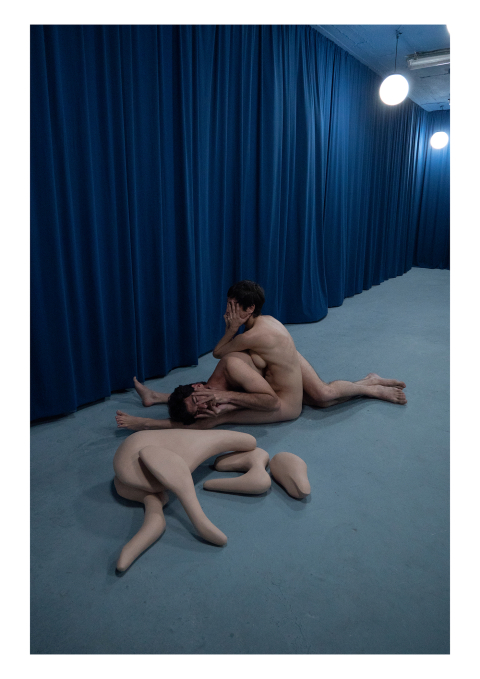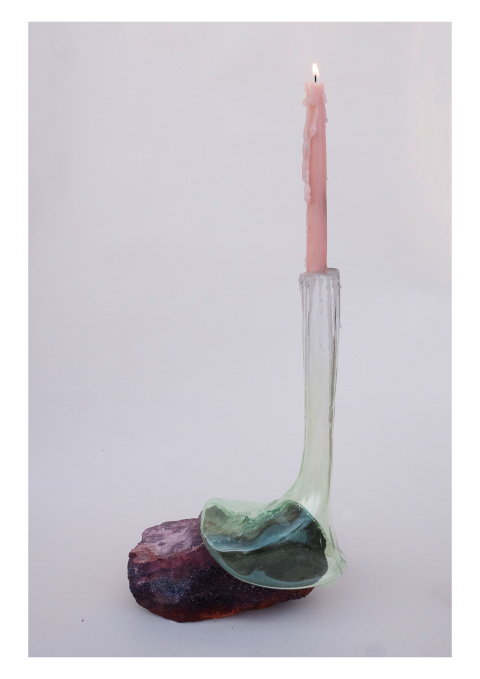Uri Zamir
Uri Zamir's body of work encompasses sculptural pieces, performance art, video installations, and various creative expressions. Across these diverse artistic mediums, Zamir explores recurring motifs related to mythical spatial theatrics, aiming to seamlessly blend elements of the ridiculous with the sacred.
Zamir is intrigued by isolating, observing, and theatrically manipulating mundane, daily actions within the creative process. Seeking to heighten the drama within objects or situations, even when conflicts are minimal or non-existent, Zamir overlays fictional layers onto the real and familiar, constructing mythical dimensions that infuse operating spaces with new narratives guiding their actions.
Perceiving the arrangement of artifacts within a space as a form of theatrical composition, Zamir integrates sound, lighting, and video elements to transform passive observation into active participation, involuntarily engaging viewers in manifested situations. Meticulous aesthetics contribute to a deliberate mise-en-scène, creating an absolute space that evokes emotions ranging from tranquility to anxiety for both objects and beholders.
Inspiration is drawn from ritualistic spaces and environments dictating specific behavioral codes. Zamir contemplates the elevation of functional objects to divine status, inducing tension through such transformations.
Utilizing primarily architectural fragments with visible traces of their original environments, Zamir's work prompts viewers to associate them with the meaning of former surroundings. Once placed in a new environment, these objects become dysfunctional yet imbued with new symbols, transforming into performative neo-symbolic actors narrating their own stories. The conflict between architectural fragments and their appearances in new surroundings gives rise to a temporally dynamic object, transitioning from inanimate to performative.
Zamir strategically positions their works in the space between superficial familiarity and the shadows of the imaginary, effectively transforming museum spaces into realms for action and speculation.
